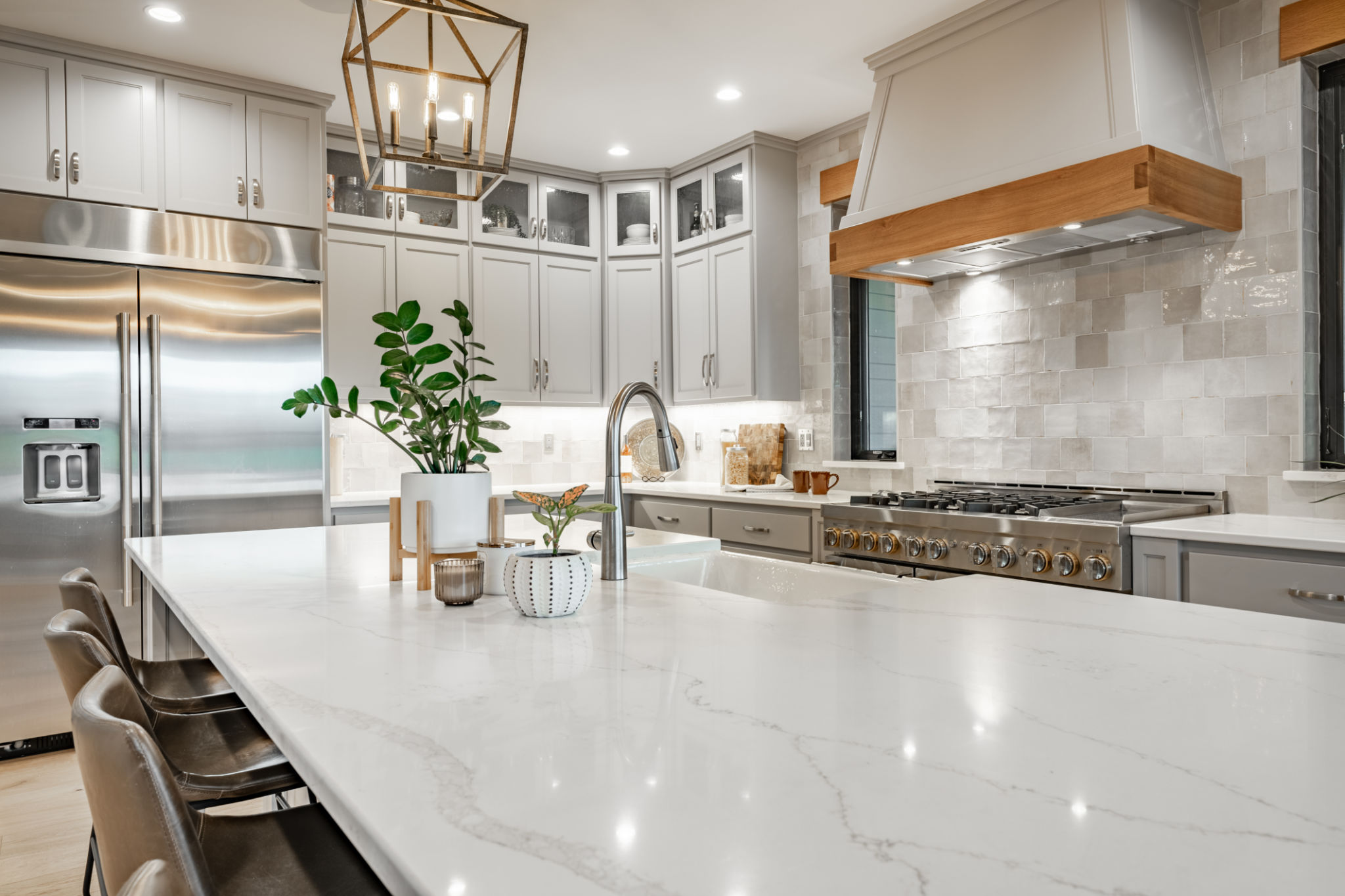Comparing Taj Mahal Quartzite with Granite and Marble: Which is Best for You?
Understanding Taj Mahal Quartzite
When considering materials for your next home renovation project, Taj Mahal Quartzite stands out as a popular choice. Known for its stunning resemblance to marble, this natural stone combines beauty with durability. Originating from Brazil, Taj Mahal Quartzite features a creamy white background with subtle veins of gold and gray, making it an elegant choice for countertops, flooring, and more.
One of the most notable characteristics of Taj Mahal Quartzite is its strength. Unlike some other natural stones, it is highly resistant to scratching and etching, making it ideal for high-traffic areas. Additionally, it is less porous than marble, which means it does not stain as easily and requires less maintenance.

Comparing Granite with Taj Mahal Quartzite
Granite has long been a favorite in kitchens and bathrooms due to its durability and wide range of colors and patterns. Like Taj Mahal Quartzite, granite is a natural stone, but it is denser and even more resistant to scratches. This makes it particularly well-suited for kitchens where heavy use is common.
However, granite may lack the unique elegance that Taj Mahal Quartzite offers. While both materials are durable, granite's appearance can sometimes be too bold or busy for certain design aesthetics. On the other hand, the subtle and delicate veining of Taj Mahal Quartzite can add a touch of sophistication to any space.

Maintenance and Care
When it comes to maintenance, both granite and Taj Mahal Quartzite are relatively easy to care for. Regular sealing is recommended for both materials to protect against staining and moisture damage. Cleaning with mild soap and water is usually sufficient for everyday maintenance.
However, it's essential to avoid harsh chemicals or abrasive cleaners on both surfaces to prevent damage. With the proper care, both granite and Taj Mahal Quartzite can maintain their beauty and functionality for many years.
Exploring Marble's Timeless Appeal
Marble is renowned for its luxurious appearance and timeless appeal. Its smooth, cool surface and elegant veining make it a favorite for upscale designs. However, marble is more susceptible to scratching and staining compared to both granite and Taj Mahal Quartzite. As a result, it requires more diligent maintenance.

The porous nature of marble means it can absorb liquids quickly, leading to potential stains from spills. Regular sealing can help mitigate this issue, but it's still crucial to clean up spills promptly. Despite these challenges, many homeowners are drawn to marble's unmatched beauty and are willing to put in the extra effort to maintain it.
Cost Considerations
When deciding between these materials, cost is an important factor. Generally, granite tends to be the most affordable option, while marble can be more expensive due to its luxurious appeal. Taj Mahal Quartzite typically falls in the mid-to-high price range, offering a balance between durability and aesthetic appeal.
Ultimately, the best choice will depend on your specific needs, budget, and design preferences. Each material has its unique advantages, so consider what matters most to you in your home renovation project.

Conclusion: Making Your Decision
Choosing the right material for your home involves weighing various factors such as aesthetics, durability, maintenance, and cost. If you desire a blend of elegance and resilience, Taj Mahal Quartzite might be the perfect choice. For those prioritizing durability above all else, granite remains a solid contender. Meanwhile, if luxury and timeless beauty are your main goals, marble could be worth the investment.
Regardless of your choice, investing in natural stone can significantly enhance the value and beauty of your home. Take the time to explore each option carefully so that you can make an informed decision that you'll be happy with for years to come.